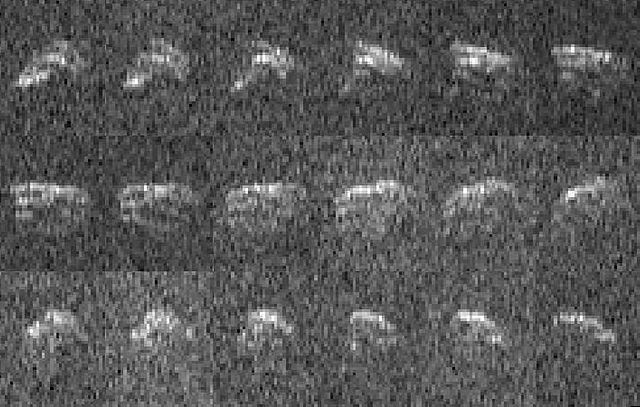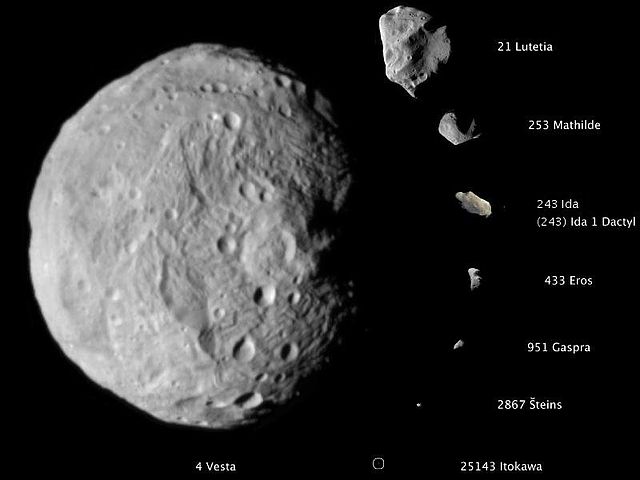Hayabusa2 is an asteroid sample-return mission operated by the Japanese state space agency JAXA. It is a successor to the Hayabusa mission, which returned asteroid samples for the first time in June 2010. Hayabusa2 was launched on 3 December 2014 and rendezvoused in space with near-Earth asteroid 162173 Ryugu on 27 June 2018. It surveyed the asteroid for a year and a half and took samples. It left the asteroid in November 2019 and returned the samples to Earth on 5 December 2020 UTC. Its mission has now been extended through at least 2031, when it will rendezvous with the small, rapidly-rotating asteroid 1998 KY26.
Artist's impression of Hayabusa2 firing its ion thrusters
The first photograph from the surface of an asteroid, taken by HIBOU on 22 September 2018 during one of its "hops".
Mission overview
Artistic rendering of Hayabusa collecting a surface sample.
An asteroid is a minor planet—an object that is neither a true planet nor a comet—that orbits within the inner Solar System. They are rocky, metallic, or icy bodies with no atmosphere. The size and shape of asteroids vary significantly, ranging from small rubble piles under a kilometer across to Ceres, a dwarf planet almost 1000 km in diameter.
2013 EC, shown here in radar images, has a provisional designation
A composite image, to the same scale, of the asteroids imaged at high resolution prior to 2012. They are, from largest to smallest: 4 Vesta, 21 Lutetia, 253 Mathilde, 243 Ida and its moon Dactyl, 433 Eros, 951 Gaspra, 2867 Šteins, 25143 Itokawa.
Vesta (left), with Ceres (center) and the Moon (right) shown to scale
Phobos








